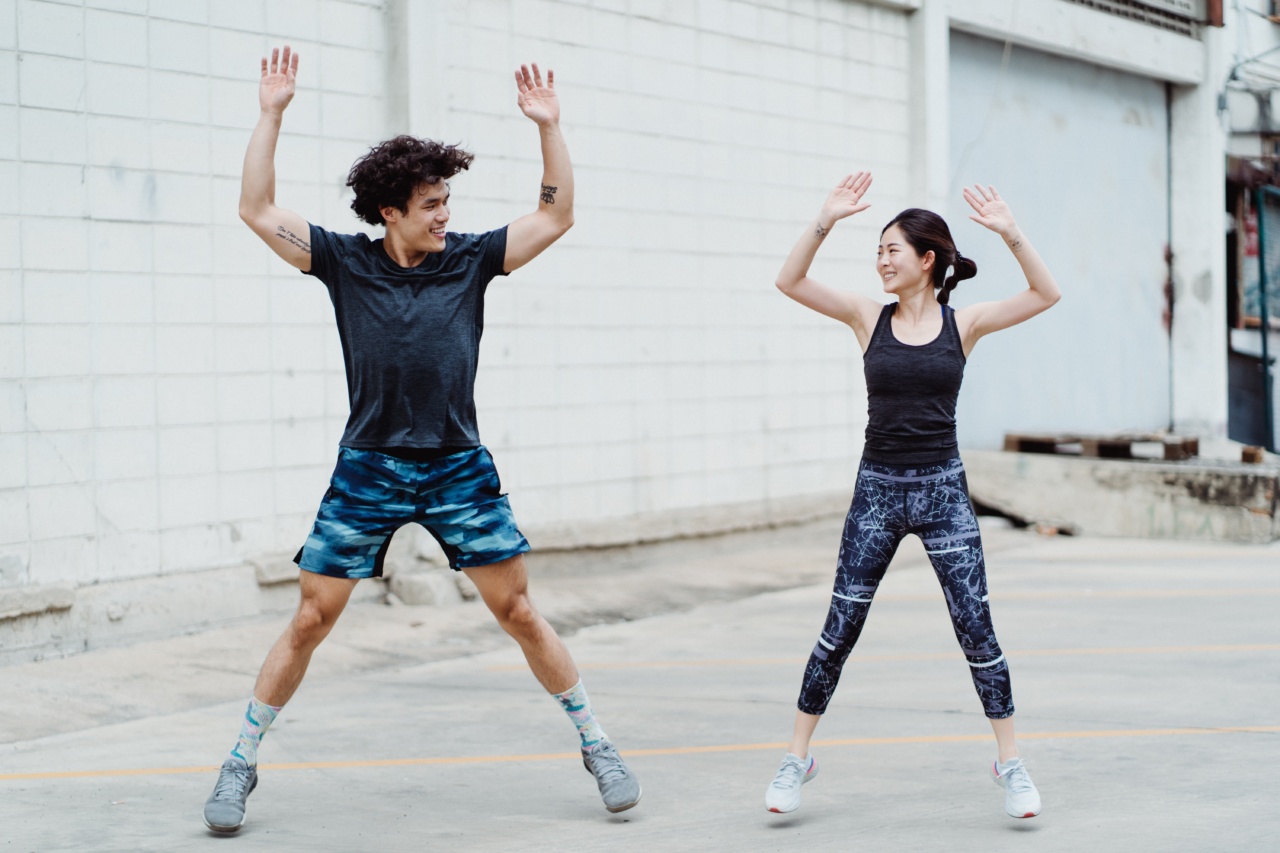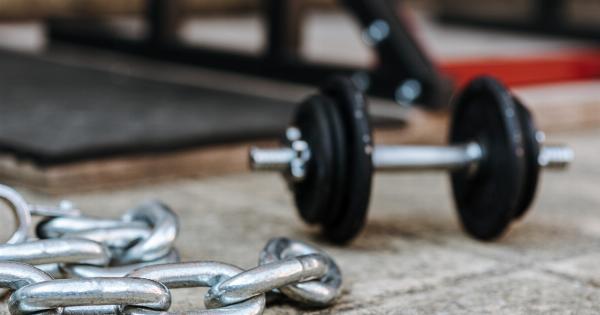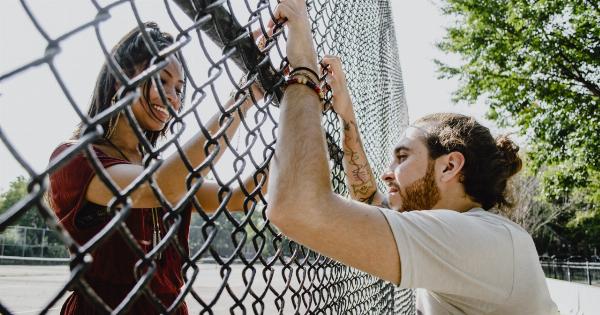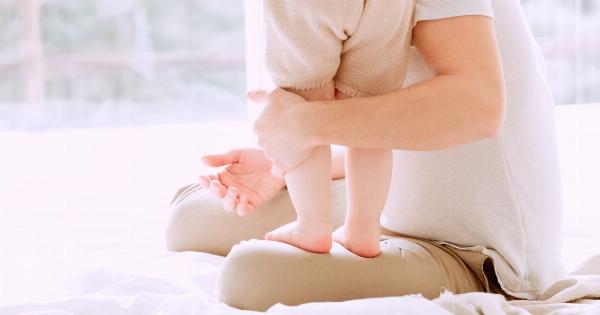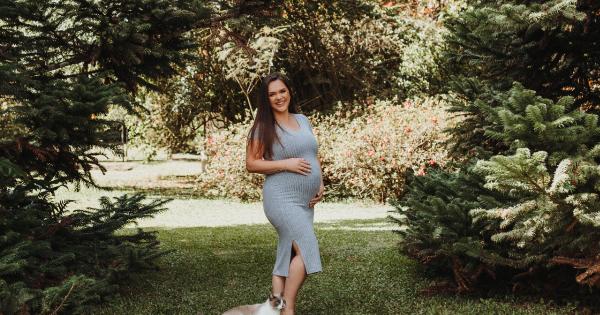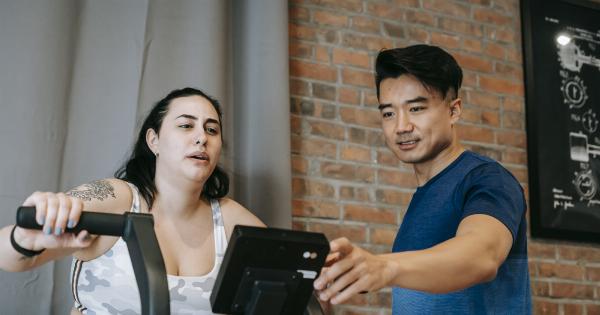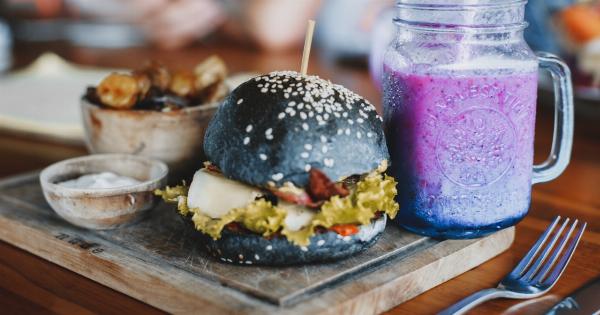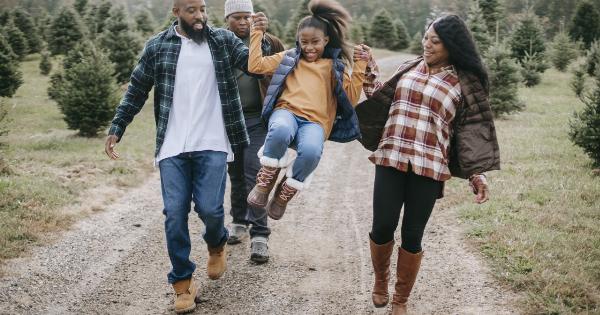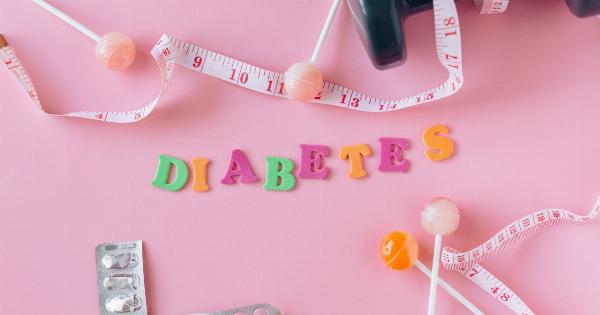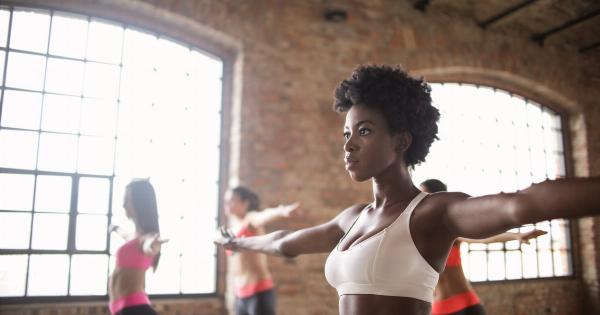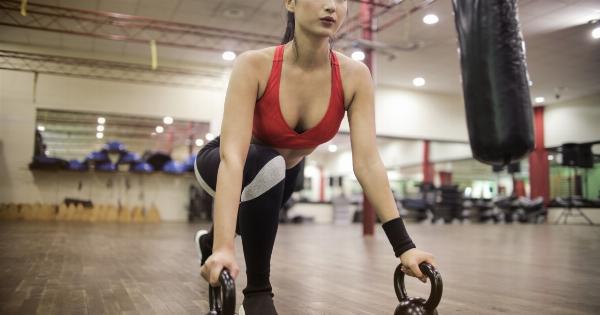Among the various factors that contribute to a healthy lifestyle, regular exercise is one of the most essential habits to adopt.
Physical activity has numerous benefits such as maintaining a healthy weight, reducing the risk of chronic diseases, and improving mental health. In this article, we will explore how exercise can contribute to a longer life and what types of exercises are best suited for longevity.
Types of Exercise
There are three main types of exercises, which are aerobic, strength, and flexibility. All these different types work together to promote good health and increase our lifespan.
Aerobic Exercise
Aerobic exercise, also called cardio, is one of the best types of exercises for longevity. This type of exercise involves rhythmic movements that raise your heart rate and breathing rate.
It includes activities such as jogging, cycling, swimming, and dancing. By doing aerobic exercise regularly, you can strengthen your heart, lungs, and circulatory system. This, in turn, reduces the risk of cardiovascular diseases and other chronic illnesses such as diabetes and obesity.
Moreover, studies show that aerobic exercise can keep your brain healthy and prevent cognitive decline as you age.
Strength Exercise
Strength or resistance exercise is another vital type of exercise for longevity. This type of exercise involves using weights or resistance bands to build muscle strength and endurance.
Strength exercise is beneficial in maintaining healthy bones and preventing age-related muscle loss or sarcopenia. Additionally, strength training can boost your metabolism, help with weight management, and promote better sleep quality.
Regular strength training is essential because it can reduce the risk of falls and improve your balance and coordination, which is crucial as you age.
Flexibility Exercise
Flexibility exercises, also called stretching exercises, are the third essential type of exercise for longevity. This type of exercise involves stretching your muscles and joints to maintain or improve your range of motion.
Flexibility exercises keep your body flexible and reduce the risk of injuries from falls and other accidents. Moreover, regular stretching can improve your posture, reduce stress, and help you relax. Examples of flexibility exercises include yoga, Pilates, and tai chi.
The Effect of Exercise on Longevity
Exercise can contribute to a longer life in several ways. According to research, physically active people live longer on average than those who are sedentary.
By exercising regularly, you can reduce the risk of chronic diseases such as heart disease, stroke, cancer, and diabetes, which are the leading causes of death globally. Additionally, regular exercise helps in maintaining healthy body weight, reducing inflammation, and improving immune function. All these factors contribute to a healthier and longer life.
How Much Exercise is Enough?
According to the American Heart Association and the Centers for Disease Control and Prevention, adults should get a minimum of 150 minutes of moderate-intensity aerobic exercise or 75 minutes of vigorous-intensity exercise every week.
Alternatively, a combination of moderate and vigorous activity spread throughout the week is also helpful. It is best to spread out your exercise routine over the week and include both aerobic and strength training exercises. Moreover, it is essential to take rest days to allow your body to recover.
The Importance of Being Active Throughout the Day
In addition to regular exercise, it is also essential to be active throughout the day. Sitting or being inactive for prolonged periods can be detrimental to our health.
According to a study published in the Annals of Internal Medicine, prolonged sitting can increase the risk of death, even if you are physically active. Therefore, being active throughout the day, such as taking short walk breaks, standing up during phone calls, or using a stand-up desk, can help offset the negative effects of sitting on our health.
Conclusion
Regular exercise is one of the most critical habits to adopt for a long and healthy life.
Different types of exercises, including aerobic, strength, and flexibility training, work collectively to promote a healthy body, reduce the risk of chronic diseases, and improve our quality of life. Furthermore, being physically active throughout the day is essential to counteract the negative effects of prolonged inactivity. By exercising and staying active, you can achieve and maintain better health, ultimately increasing your lifespan.
